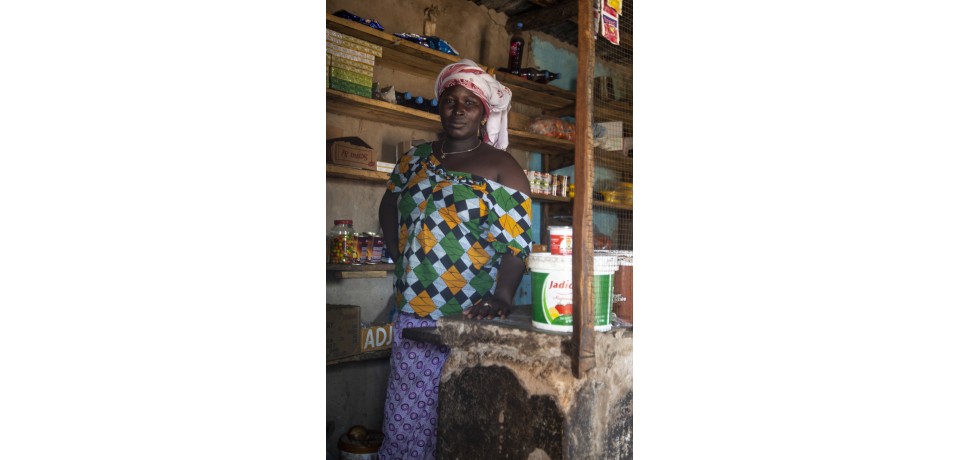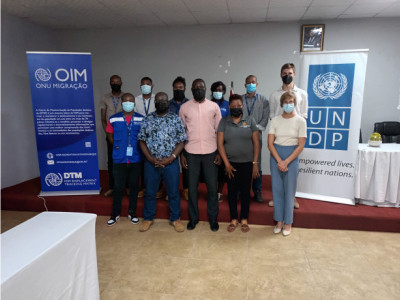PAICODEL-S, Supporting co-development initiatives for local economic development in the Sedhiou region
Related Sustainable Development Goals and Global Compact for Migration Objectives
Summary
This project comes from the JMDI Phase II, a UN Joint Migration and Development Initiative, run in cooperation by IOM, UNDP, ILO, UN Women, UNFPA, UNITAR which took place from 2012 to 2017 worked to produce the knowledge tools and data related to migration and development while strengthening the dialogue with their local government counterparts of the host communities in Africa and Europe that receive migrants from the Sedhiou region.
The region of Sedhiou, located between the Gambian enclave and Guinea-Bissau is historically a region of emigration to these countries because of strong cultural and social ties, strengthened by the forced displacement of Senegalese to these countries during the crisis in Casamance. The Senegalese diaspora from Sedhiou has also been established in France since the 1960s, due to favourable family reunification and employment opportunities, though migratory policy changes in France have more recently encouraged the Senegalese from Sedhiou to favour other destinations and in particular Spain. Internal migration from Sedhiou to other regions of the country is also now common due to the low development level of the region and the lack of employment opportunities beyond the agricultural sector.
The Help Offices for Migrants (HOM) was strengthened and equipped to provide enhanced services to migrants and diaspora to support them implement their development projects. Additionally, the project contributed to the integration of migrants into the formulation of local development plans by organising consultation workshops with the diaspora and with returned migrants on local development priorities. Moreover, by setting up a specific space for local stakeholders to discuss migration and development issues, the project paved the way for further mainstreaming of migration into local development plans.
Key objective
The main objectives of this project included the production of knowledge tools and data related to migration and development while strengthening the dialogue with their local government counterparts of the host communities in Africa and Europe that receive migrants from the Sedhiou region.
Main activities
The main activities of the project involved:
- The set up the Help Office for Migrants (HOM) – a service designed to better cater to the needs of migrants at local level and to mobilise migrants for development.
- GRDR organised a sharing of experiences on migration and development with other territories in Africa and Europe where it is active.
- Support for research on the role of migrants in the development of territories, and the profile of diaspora associations.
- Migration profiles have been developed in six Senegalese municipalities from the region of Sédhiou
The creation of migration profiles to inform the development of local policies was achieved through the following activities:
- Collection of data: census of migrants and associations in localities of origin and destination; community-level studies, feedback/sharing results
- Local strategies: definition of common issues and finalisation of profiles; development of new local-level collaborations; double-space missions
- Validation of the results through the presentation of migration profiles, verification of data/discussion/analyses
Key successes or innovative factors, good practices and lessons learned (if available)
The key lessons learned from this project outline that:
- Migration profiles can vary a great deal between municipalities within the same region, despite small geographical distances.
- Establishing migration profiles must be a participatory process.
- The collection of statistical data requires an investment of time and resources.
- The creation of migration profiles must form part of a broader migration and development strategy.
Beneficiaries
The beneficiaries of the project included PAICODELS will benefit the representatives of the ARDS, the Regional Council Sédhiou, the Associations of Citizens in West Africa and Europe and their decentralized cooperation partners in Europe, as well as the communities of Sédhiou.

